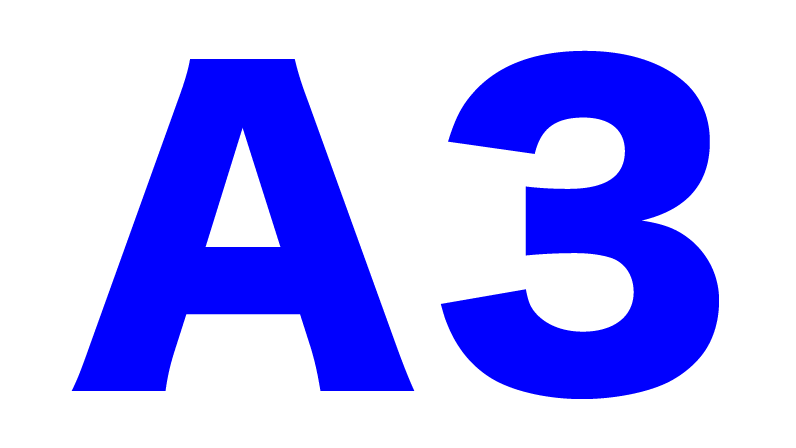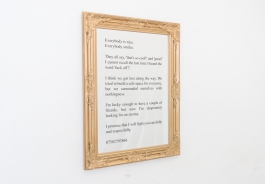


Alessandro Di Massimo

'REALLY NEED AN ENEMY', vinyl lettering, mirror, 80 x 60 cm, 2018. Exhibition view from “Dozen” at Embassy Gallery, Edinburgh, Private Collection
Alessandro Di Massimo is a cross-disciplinary Italian artist based in Edinburgh. His practice combines installation, drawing, wall painting, sculpture and video exploring issues of every day life, political conflicts, human behaviours and relationships. In this process, Alessandro deconstructs iconic cultural imagery as a form of critique and analysis.
Di Massimo employs popular songs, films, flags, maps, art history and historical archives as a founding material for his work developed to expose the flaws of societal constructs and provoking dialogue around the power of common images, symbols and iconographies in the contemporary.
Images permeate various aspects of life, but because their familiarity, the contents inhabiting them are often overlooked. Nonetheless, they play a crucial role in shaping of today’s society. Di Massimo likes to define his work as an “intruder” in this process. Is there something else that these images, turned into a simulacrum of what they use to be, can tell? Is there anything else that can be told about these images?
Alessandro Di Massimo

'REALLY NEED AN ENEMY', vinyl lettering, mirror, 80 x 60 cm, 2018. Exhibition view from “Dozen” at Embassy Gallery, Edinburgh, Private Collection
Alessandro Di Massimo is a cross-disciplinary Italian artist based in Edinburgh. His practice combines installation, drawing, wall painting, sculpture and video exploring issues of every day life, political conflicts, human behaviours and relationships. In this process, Alessandro deconstructs iconic cultural imagery as a form of critique and analysis.
Di Massimo employs popular songs, films, flags, maps, art history and historical archives as a founding material for his work developed to expose the flaws of societal constructs and provoking dialogue around the power of common images, symbols and iconographies in the contemporary.
Images permeate various aspects of life, but because their familiarity, the contents inhabiting them are often overlooked. Nonetheless, they play a crucial role in shaping of today’s society. Di Massimo likes to define his work as an “intruder” in this process. Is there something else that these images, turned into a simulacrum of what they use to be, can tell? Is there anything else that can be told about these images?